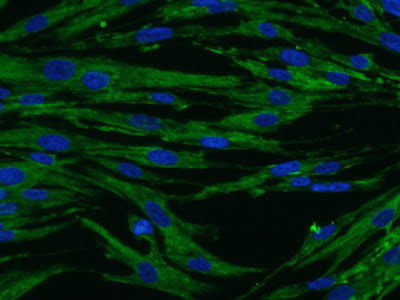Markers for Pain Research
Trigeminal Neuralgia is a progress chronic condition. Dysfunctional trigeminal signaling can lead to intense, searing facial pain. It is caused by pressure on the trigeminal nerve.
The root causes of the condition are not well understood. Our pain research markers have been widely used and frequently published through the years and have been important contributors to our growth, Here's a recent pub referencing use of one our P2X3 Antibodies-Momoko Koizumi, Sayaka Asano, Akihiko Furukawa, Yoshinori Hayashi, Suzuro Hitomi, Ikuko Shibuta, Katsuhiko Hayashi, Fusao Kato, Koichi Iwata, and Masamichi Shinoda. (2021). P2X3 Receptor Upregulation in Trigeminal Ganglion Neurons Through TNFα Production in Macrophages Contributes to Trigeminal Neuropathic Pain in Rats. The Journal of Headache and Pain, 22, 31. doi: 10.1186/s10194-021-01244-4

Images: Changes in P2X3R expression in TG neurons innervating whisker pad skin and the involvement of P2X3R signaling in TG neurons in orofacial mechanical hypersensitivity on day 7 following TNC. a Photomicrograph of FG-labeled P2X3IR TG neurons following the TNC or sham procedure. Arrows indicate FG-labeled P2X3IR TG neurons. Scale bar: 100 μm. b Mean number of FG-labeled TG neurons ipsilateral to the TNC or sham procedure (n = 5 in each). c The frequency of FG-labeled P2X3-IR TG neurons ipsilateral to the TNC or sham procedure. * p < 0.05 vs. sham. (n = 5 in each, student’s t-test). d The time course of changes in the MHWT by subcutaneous A317491 or TNP-ATP administration on day 7 following the TNC or sham procedure.
The signaling of TNFα released from the activated macrophages and infiltrated into and/or proliferated in the TG induces the upregulation of P2X3R expression in TG neurons innervating the orofacial region, resulting in orofacial mechanical allodynia following TNC. Consequently, TG neuronal P2X3R hyperexpression by enhanced TNFα signaling in the TG is a potential target for TN treatment..



































